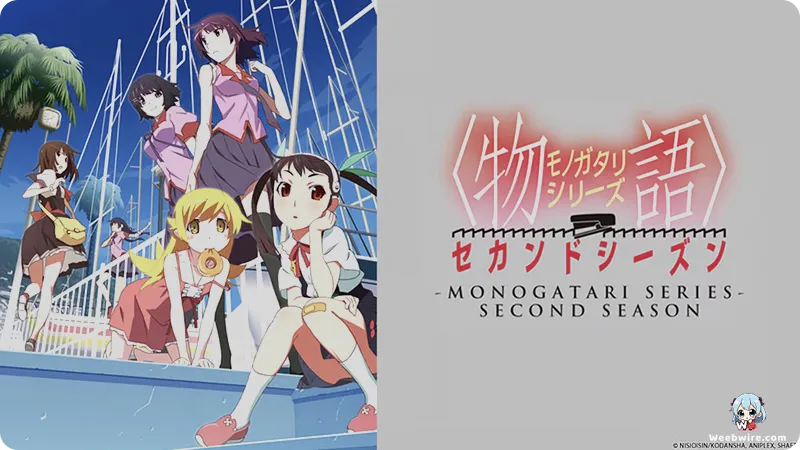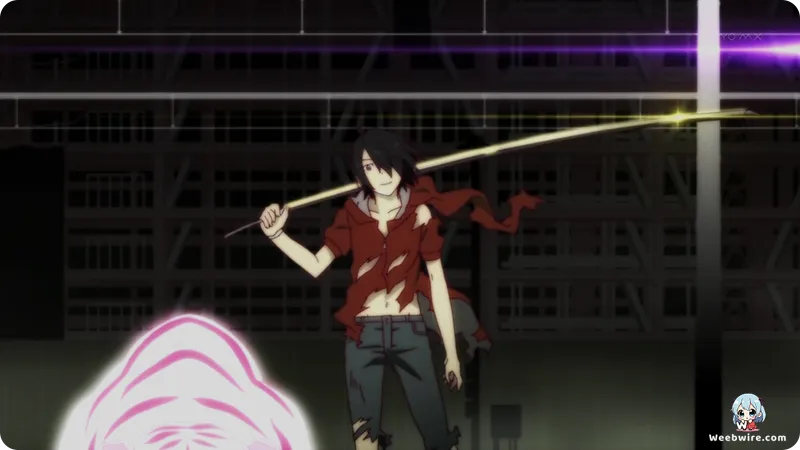Monogatari Series Second Season: Unpacking the Unconventional Genius Behind Its Enduring Appeal

The anime world is rich with unique narratives, but few series stand out as distinctly as the Monogatari franchise. At its core, the Monogatari Series Second Season marks a monumental achievement, a pivotal collection of arcs that not only deepened its intricate lore but solidified its reputation for audacious creativity and unparalleled narrative depth. Far from a mere continuation, this season encompassing Nekomonogatari (Shiro), Kabukimonogatari, Otorimonogatari, Onimonogatari, and Koimonogatari is a masterclass in psychological exploration and unconventional storytelling, brimming with fascinating quirks that continue to captivate its dedicated fanbase.
The Art of Dialogue: Nisio Isin's Masterstroke
A striking aspect of the series, and a core fun fact, is its sheer volume and complexity of dialogue. Penned by the enigmatic Nisio Isin, Monogatari is famously, and perhaps infamously, dialogue-driven. Unlike many action-oriented anime, the plot often advances through verbose, philosophical, and often absurd conversations. This is not idle chatter; every line is meticulously crafted, laden with wordplay, literary allusions, and meta-commentary. Fans frequently discover new layers of meaning on rewatches, catching subtle puns or foreshadowing. Isin's genius lies in making these extensive dialogues the very bedrock of character development and world-building, transforming simple conversations into captivating psychological duels.
Studio Shaft's Distinctive Visual Identity
Another fascinating element is the visual identity provided by Studio Shaft. Their distinctive animation style is almost a character itself, instantly recognizable. The infamous Shaft head tilt is an iconic visual gag. Beyond this, Shaft employs a minimalist yet surreal aesthetic for backgrounds, featuring abstract patterns, stark colors, and sparse environments that evoke unease or psychological introspection. These settings are visual metaphors for internal states. Furthermore, the prolific use of telop, on-screen text, is another Shaft trademark. These rapid-fire text overlays convey internal monologues, context, or punchlines, often appearing for only a few frames, demanding active viewing. The combination of rapid cuts, unconventional camera angles, and dynamic typography creates a visual language that is both disorienting and exhilarating, perfectly complementing Isin's idiosyncratic narrative style.

Daring Narrative Shifts and Character Focus
The Second Season arcs are particularly noteworthy for shifting the narrative perspective away from Koyomi Araragi, allowing other characters to step into the spotlight and showcase their own internal battles. This structural choice is profound for understanding the series' evolution. For example, Nekomonogatari (Shiro) delves deep into Tsubasa Hanekawa's psyche, exploring her suppressed emotions. Otorimonogatari offers a chilling look into Nadeko Sengoku's descent into madness, narrated entirely from her unstable perspective. This daring shift forces viewers to re-evaluate characters, revealing hidden depths. By allowing these characters to narrate their own stories, Isin and Shaft provide an intimate, unfiltered look into their minds, making struggles feel incredibly personal and impactful, enriching the overall narrative tapestry.
Musical Immersion and Phenomenal Voice Acting
Moreover, the series' commitment to unique opening and ending themes for virtually every arc is a delightful fact. Each new story arc often comes with its own distinct opening, frequently sung by the voice actress of the central character (e.g., Mousou Express for Nadeko, Chocolate Insomnia for Hanekawa). These are not just catchy tunes; they are carefully crafted pieces reflecting the character's personality and themes. This dedication to musical accompaniment adds another layer of immersion. The voice acting, too, is phenomenal, with a cast that perfectly embodies the eccentricities and emotional complexities. Hiroshi Kamiya's deadpan as Araragi, Chiwa Saito's nuanced Senjougahara, and Yui Horie's chilling Nadeko are examples that elevate the unique script.
A Rewarding and Thought-Provoking Journey
The Monogatari series, and particularly its Second Season, is a testament to the power of unconventional storytelling. Its reliance on dialogue, abstract visuals, daring narrative shifts, and meticulous attention to music and voice acting all contribute to an anime experience unlike any other. It challenges viewers to engage actively, ponder philosophical questions, and appreciate subtle nuances. For fans, the joy comes from unraveling its intricate layers, discovering new insights with each rewatch. This rewatchability, fueled by hidden clues, is a significant part of its appeal and legacy. The series invites you to dive into its complex world, rewarding those who do with a rich, thought-provoking, and endlessly fascinating journey into the supernatural and the human psyche.
Credits
Monogatari Series Second Season
Author
Nisio Isin
Cover Art
VOFAN
Studio
Shaft
Publisher
Kodansha
Producers





